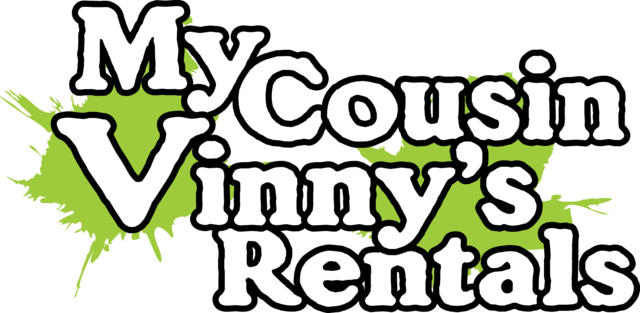A Comparative Study Between Wet and Dry Inflatable Slides
Inflatable or bouncing slides are temporarily made inflatable structures that are designed for recreational activities, especially for children. These are rented on various occasions, such as in school feasts, church festivals, and town fairs. Being portable and having easy storing facilities, the inflatable slides prove perfect for amusements and pastimes. Gradually, the utilization of such slides is escalating, and depending on its growth, the rental industry is coming up with various types of slides, bestowing a huge option for the children.
These slides are inflated with the help of a petrol-powered or electric blower. Its surfaces are generally composed of heavy-duty PVC or nylon and vinyl materials. These materials are sewn together by skilled manufacturers using multi-filament nylon thread, which promises a long-lasting life.
Inflatable slides come in a variety of designs and shapes. After setting up the colors and configuration, the composition begins.
In every type of slide, there are three major elements. They include the body, the climbing ramp, and the slide lane or lanes. The body provides the customers with a safe base on which the total component is dependant on for absolute structural support. The slide lanes are coated with a shiny vinyl material for making them extra slippery. The climbing ramp is usually situated alongside the slide lanes, but it may also be found on the back or side of the unit. The climbing ramp is designed to provide the riders the means to climb to the top of the slide effortlessly.
Generally, the design, general configuration, and the construction of both the types of the slides stand similar. But, there are a few differences between the final products.
Both the wet and dry slides are designed to be furnished with waterproof sheets and splash pools at the bases of their slide lanes. But only the wet slides sometimes are equipped with a loop or extension near the top of the body of the slide, to make room for a water hose. The location of the water pipe assists in keeping the slide lanes wet, giving an experience of slippery thrills. The dry slides, on the other hand, might at times, have a high bumper or an inflatable wall to provide a delightful experience.
Wet slides are commonly used in summers as they can be connected to a swimming pool in your backyard. Dry inflatable slides are generally used in winters as they abstain from utilizing water for the recreational factor.
A wet slide can be turned to a dry slide without the utilization of water. Removing the splash pool will transform the water slide into a dry-only slide whenever needed. This factor contributes to an incredible versatility.
Wet units face the danger of molds or mildew if the water is not drained thoroughly. In that case, dry slides are more convenient to use and store.
Dry slides are more popular in schools and backyards as they can be used anywhere at any time. Water slides, on the contrary, can be used only at certain places.
These slides are inflated with the help of a petrol-powered or electric blower. Its surfaces are generally composed of heavy-duty PVC or nylon and vinyl materials. These materials are sewn together by skilled manufacturers using multi-filament nylon thread, which promises a long-lasting life.
Structure of an Inflatable Slide
Inflatable slides come in a variety of designs and shapes. After setting up the colors and configuration, the composition begins.
In every type of slide, there are three major elements. They include the body, the climbing ramp, and the slide lane or lanes. The body provides the customers with a safe base on which the total component is dependant on for absolute structural support. The slide lanes are coated with a shiny vinyl material for making them extra slippery. The climbing ramp is usually situated alongside the slide lanes, but it may also be found on the back or side of the unit. The climbing ramp is designed to provide the riders the means to climb to the top of the slide effortlessly.
Differences Between the Features of Wet and Dry Inflatable Slides
Generally, the design, general configuration, and the construction of both the types of the slides stand similar. But, there are a few differences between the final products.
Both the wet and dry slides are designed to be furnished with waterproof sheets and splash pools at the bases of their slide lanes. But only the wet slides sometimes are equipped with a loop or extension near the top of the body of the slide, to make room for a water hose. The location of the water pipe assists in keeping the slide lanes wet, giving an experience of slippery thrills. The dry slides, on the other hand, might at times, have a high bumper or an inflatable wall to provide a delightful experience.
Wet slides are commonly used in summers as they can be connected to a swimming pool in your backyard. Dry inflatable slides are generally used in winters as they abstain from utilizing water for the recreational factor.
A wet slide can be turned to a dry slide without the utilization of water. Removing the splash pool will transform the water slide into a dry-only slide whenever needed. This factor contributes to an incredible versatility.
Wet units face the danger of molds or mildew if the water is not drained thoroughly. In that case, dry slides are more convenient to use and store.
Dry slides are more popular in schools and backyards as they can be used anywhere at any time. Water slides, on the contrary, can be used only at certain places.
